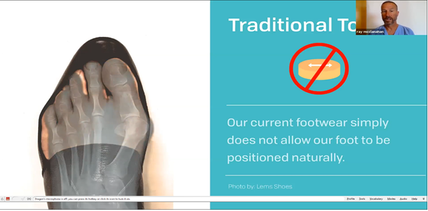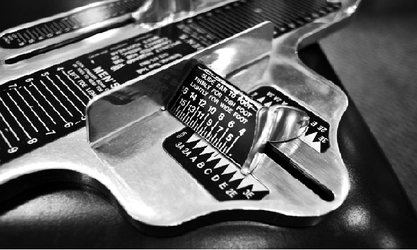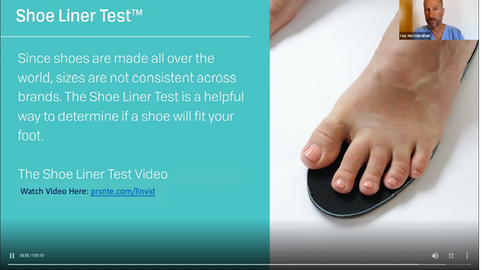|
How Do You Find the Right Shoes?
Shoes serve many functions. They protect our feet. They cushion our body weight. They can make our feet feel comfortable or fashionable — hopefully both! Finding the proper shoes and making sure they fit are important for keeping your feet and your body happy. Poorly fitting shoes can be painful and cause foot problems like bunions, corns, calluses, hammertoes, and more. How to fit the right shoe
Additional Tips Match the shoe to your activity: Your ideal shoes will change based on the activity you want to do while wearing them.
Look for good shoe construction Some basic principles of a good shoe include a cushioned heel, firm sole that doesn’t easily twist or bend, and flexibility at the proper area depending on the type of shoe. If the upper part of the shoe is made from a soft, breathable material, it will be more comfortable to wear for longer period of time and less likely to cause rubbing or skin irritation. The upper part of the shoe should have laces or straps to hold the foot in place comfortably with activity. There should be some arch support in the shoe or in the insert inside the shoe. Many shoes can be made to fit better simply by removing the factory insert and replacing it with a high-quality off-the-shelf orthotic. Custom orthotics are rarely necessary and should be prescribed by your foot and ankle orthopedic surgeon for specific foot disorders. How to appropriately fit running shoes-Runners Warehouse
|
How to fit a shoeTraditional shoes tend to be too narrow in the toe box, and wide in the midfoot forefoot and sometimes heel.
This causes her foot to change shape over time including bunions, hammertoes, neuromas, stress fractures
The Brannock device is a great way to get the length of the foot, and arch but is very limited in achieving corrrect width as our foot is widest at the toes and not the the ball (aka metatarsals).
The Shoe Liner Test is the best way to test to see if your toes are appropriately fit within the toe-box of a shoe.
Example of how to fit shoes in correctly. The Doctor is wearing a toe spacing device in an effort to undo years of poorly fitted shoe, much like braces. Once undone the device can be used at night much like a retainer for your teeth after braces.
Anatomy of a shoe-made easy |




